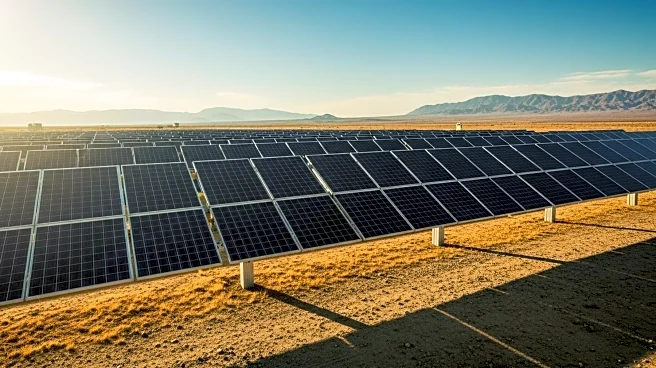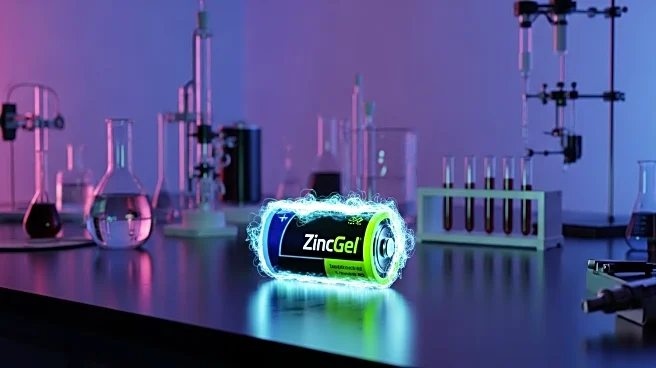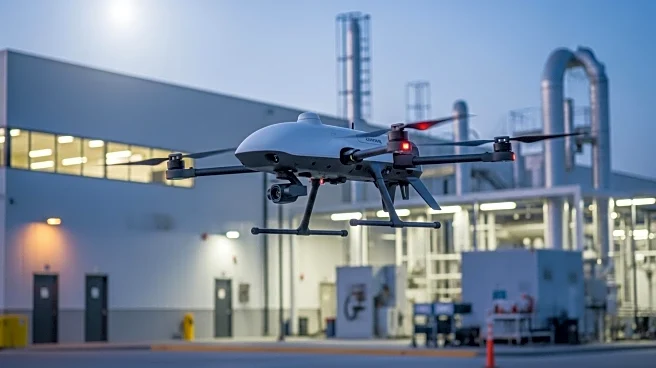What's Happening?
The Gemini project in Nevada has become the largest single-phase solar and storage system in the U.S., providing up to 10% of Nevada's peak energy demand. Located in Clark County, the project benefits from the region's high solar insolation, which is significantly higher than other U.S. cities. The project, developed by Quinbrook Infrastructure Partners and Primergy, involves a $1.9 billion investment and features a 690-MWac/966-MWdc solar photovoltaic array paired with a 380-MW/1,416-MWh battery storage system. This setup allows for efficient energy capture and storage, ensuring reliable power delivery even after sunset.
Why It's Important?
The Gemini project represents a significant step in Nevada's transition to renewable energy, addressing both immediate energy needs and long-term sustainability goals. By providing a substantial portion of the state's energy demand, it reduces reliance on fossil fuels and supports Nevada's clean energy targets. The project's innovative financing and partnerships, including collaboration with the Moapa Band of Paiutes, highlight the potential for community involvement in large-scale renewable projects. This development sets a precedent for future solar and storage projects across the U.S., showcasing the viability of large-scale clean energy infrastructure.
What's Next?
As the Gemini project continues to operate, it will serve as a model for future renewable energy projects, potentially influencing policy and investment in solar and storage technologies. The ongoing partnership with the Moapa Band of Paiutes and environmental stewardship efforts will be crucial in maintaining the project's success and ensuring its benefits extend to local communities. Additionally, Primergy's commitment to ecosystem management and long-term studies will provide valuable insights into the integration of solar development with desert ecosystems.
Beyond the Headlines
The Gemini project underscores the importance of integrating environmental considerations into renewable energy development. By minimizing its physical footprint and preserving native landscapes, the project demonstrates that clean energy initiatives can coexist with environmental preservation. This approach may influence future projects to adopt similar strategies, promoting sustainable development practices across the industry.











